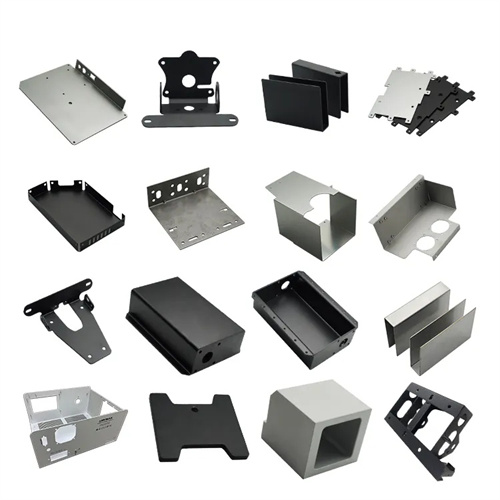Magnesium alloy hot extruded rods
Magnesium alloy hot-extruded rods are produced through a hot extrusion process. They feature low density, high specific strength, and excellent thermal conductivity, making them widely used in aerospace, automotive, and electronic communications. With a density of only 1.74 g/cm³, approximately two-thirds that of aluminum alloys and one-quarter that of steel, magnesium alloys are among the lightest metal structural materials currently used in industry. Using hot-extruded magnesium alloy rods to manufacture components can significantly reduce weight, improving equipment efficiency and performance. Key alloy systems include AZ (magnesium-aluminum-zinc) and AM (magnesium-aluminum-manganese). After hot extrusion, the rods exhibit a dense microstructure and excellent mechanical properties, combining high strength with good ductility to meet diverse processing and application requirements.

The production process for hot-extruded magnesium alloy rods requires strict control of temperature and extrusion parameters to overcome the disadvantage of magnesium alloy’s low room-temperature ductility. First, high-quality magnesium alloy ingots are selected as raw material. These ingots undergo a homogenization annealing treatment to eliminate casting defects and compositional segregation, and improve ductility. The annealing temperature is typically 350-450°C, and the holding time is determined by the ingot size. Subsequently, the ingot is heated to 250-400°C (the specific temperature varies depending on the alloy) and placed into an extrusion barrel. High pressure is applied by the extrusion shaft, forcing the magnesium alloy billet through the circular die orifice of the die at high temperature to form the rod. During the extrusion process, the extrusion speed (typically 1-10 m/min) and extrusion ratio (typically 10-50) must be precisely controlled to ensure uniform microstructure and dimensional accuracy of the rod. The extruded rods are then water quenched or air-cooled. Some alloys also undergo aging treatment to further enhance their mechanical properties. Finally, the finished product is straightened, cut, and surface treated.

In the aerospace industry, hot-extruded magnesium alloy rods are an ideal material for lightweight structural components. Aircraft landing gear components, cabin frames, and control system linkages are often made from hot-extruded high-strength magnesium alloys such as AZ80 and ZK60. Their low density reduces takeoff weight and improves fuel efficiency, while their high specific strength ensures the structural load-bearing capacity. In spacecraft, hot-extruded magnesium alloy rods are used to manufacture satellite brackets and launch vehicle bodies. They withstand the extreme temperature fluctuations and vibration loads of the space environment and help reduce launch costs. Furthermore, in missile weapon systems, the lightweight advantages of magnesium alloy rods can improve missile range and maneuverability, making them a key option for lightweighting high-end equipment.

Magnesium alloy hot-extruded rods are also widely used in the automotive and electronics sectors. In the automotive industry, components such as steering wheel frames, instrument panel brackets, and transmission housings are manufactured using magnesium alloy hot-extruded rods, achieving weight reductions of over 30% while improving vehicle handling and fuel efficiency. For example, AZ91D magnesium alloy extruded rods offer excellent casting properties and strength, resulting in transmission housings that can withstand engine vibration and high temperatures while providing excellent heat dissipation. In the electronics sector, magnesium alloy extruded rods are used in the outer frames of laptops and tablets. These rods are lightweight yet possess sufficient structural strength to protect internal electronic components from impact. Their excellent electromagnetic shielding properties reduce external interference and ensure stable operation.

With the increasing demand for lightweighting and energy conservation and emission reduction, the market for hot-extruded magnesium alloy rods holds broad application prospects, and production technologies are constantly innovating. Companies are developing new magnesium alloy materials, such as WE-series magnesium alloys with the addition of rare earth elements, to enhance their high-temperature strength and corrosion resistance, expanding their applications in high-temperature components such as engines. In terms of extrusion processes, they are utilizing advanced techniques such as isothermal extrusion and continuous extrusion to improve the dimensional accuracy and performance stability of the rods, while reducing production costs. Furthermore, they are developing surface corrosion protection technologies for magnesium alloys, such as micro-arc oxidation and electroplating, to address their poor corrosion resistance and expand their application range. In the future, with the development of new energy vehicles and high-end equipment manufacturing, hot-extruded magnesium alloy rods will replace steel and aluminum alloys in more areas, becoming a key development direction for lightweight materials.
